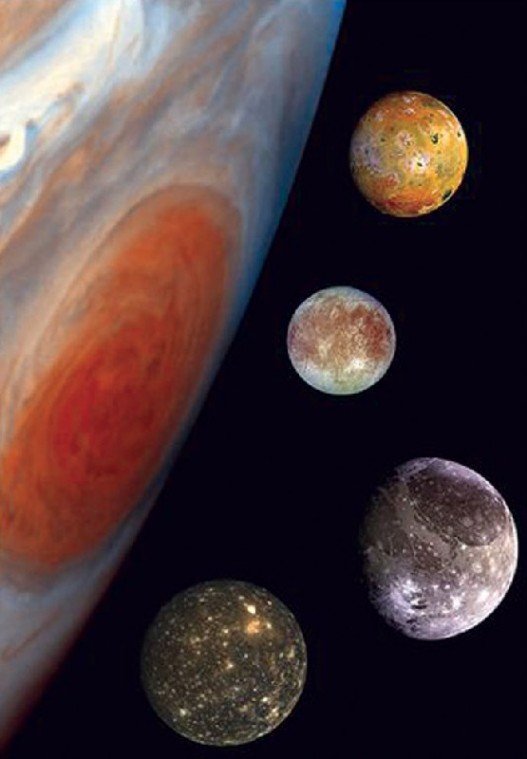It is often I hear people say
”
I can’t go out and watch the skies at night, I have no idea
where or what to look for, besides I don’t even have a
telescope.
”
It is often I hear people say “I can’t go out and watch the skies at night, I have no idea where or what to look for, besides I don’t even have a telescope.”
Well, this month I’m going to show you how you can stargaze without a telescope or even a pair of binoculars and be entertained for hours.
First off, pick a night when the stars seem to jump out at you.
Hopefully your backyard is somewhat free of glaring lights nearby, which is getting harder to find these days.
If the night chill gets a little to cool for you, wrap a blanket around you. Nothing is worse than freezing your you-know-what off when you are trying to have some fun.
If your dog is anything like our dog, Allie, you may want to leave him/her in the house. When we are laying on the ground, that signals time for play.
OK, we are finally on our backs, the dog is in the house, and you are looking straight up into the night sky.
The first thing you might notice are what looks like clouds in the northeast. But look closely; it’s the Milky Way.
The Milky Way is always there waiting for you to admire it.
It is one of the most beautiful things you will ever see, as long as you understand what it is. This cloud is really billions of stars, so far away that all together they look like clouds.
Some of these stars are thousands of light years away from us.
Still looking toward the northeast you can pick out the fifth brightest star in the whole sky, Vega, some 25 light years away.
The light you see left Vega some 25 years ago traveling at the speed of 186,000 miles a second.
And while you are looking in that area, you might as well try and find the “Summer Triangle.”
Start with Vega, in the constellation Lyra, which is a small parallelogram of stars (a shape with four sides, with the opposite sides being parallel and equal). Draw a line from Vega through Lyra that points the way to Altair, the 11th brightest star in the heavens, part of an even larger parallelogram that defines the constellation Aquila the Eagle.
Altair is recognizable because it is the centerpiece of a row of three bright stars.
If you follow the Milky Way northward from Aquila, you’ll arrive at the third Summer Triangle star, Deneb, the 19th brightest star and its constellation Cygnus the Swan.
Altair and Vega are stars a bit brighter than the sun, and only 16 and 25 light-years away, respectively. But Deneb – a huge star – is about 1,600 light-years away.
In early July you will have the fortune of seeing the planets Saturn and Venus following the sun as it disappears down below the horizon.
On July 2 these two planets were only 1.25 degrees apart. Venus is the bright white one and Saturn is the small orange-colored one.
Now if you look toward the southeast part of the sky you can easily pick out even a bigger planet, Jupiter.
I know I said you won’t need anything except your eyes tonight, but if you do have a good pair of binoculars or even a small telescope you might want to pay a little attention to this giant planet as its four largest visible moons dance around Jupiter and change position every night.
Constellation of the Month
No one ever seems to like scorpions. No one even seems to say anything nice about scorpions. Well, when it comes to the constellations, Scorpius is one of my favorites.
Not just because that is my sign, but also because it is one of the few constellations that even looks like its namesake.
It is one of the larger designs in the sky. Scorpius used to be even bigger, until the Romans decided there should be 12 constellations in the zodiac, instead of 11, so they made the two claws into the arms of the balance in Libra.
The bright star, Antares, is the scorpion’s heart. Antares is one of the reddest stars in the sky. Its name means that it is the “rival of Mars.”
Remember how Orion was killed by the scorpion? Now the constellation Orion keeps as far as he can from the scorpion in the sky.
As soon as Orion sees Scorpius rising in the east, he sets in the west.
Just as Orion is the central constellation of the winter sky, Scorpius is the brilliant central constellation of the summer sky.












